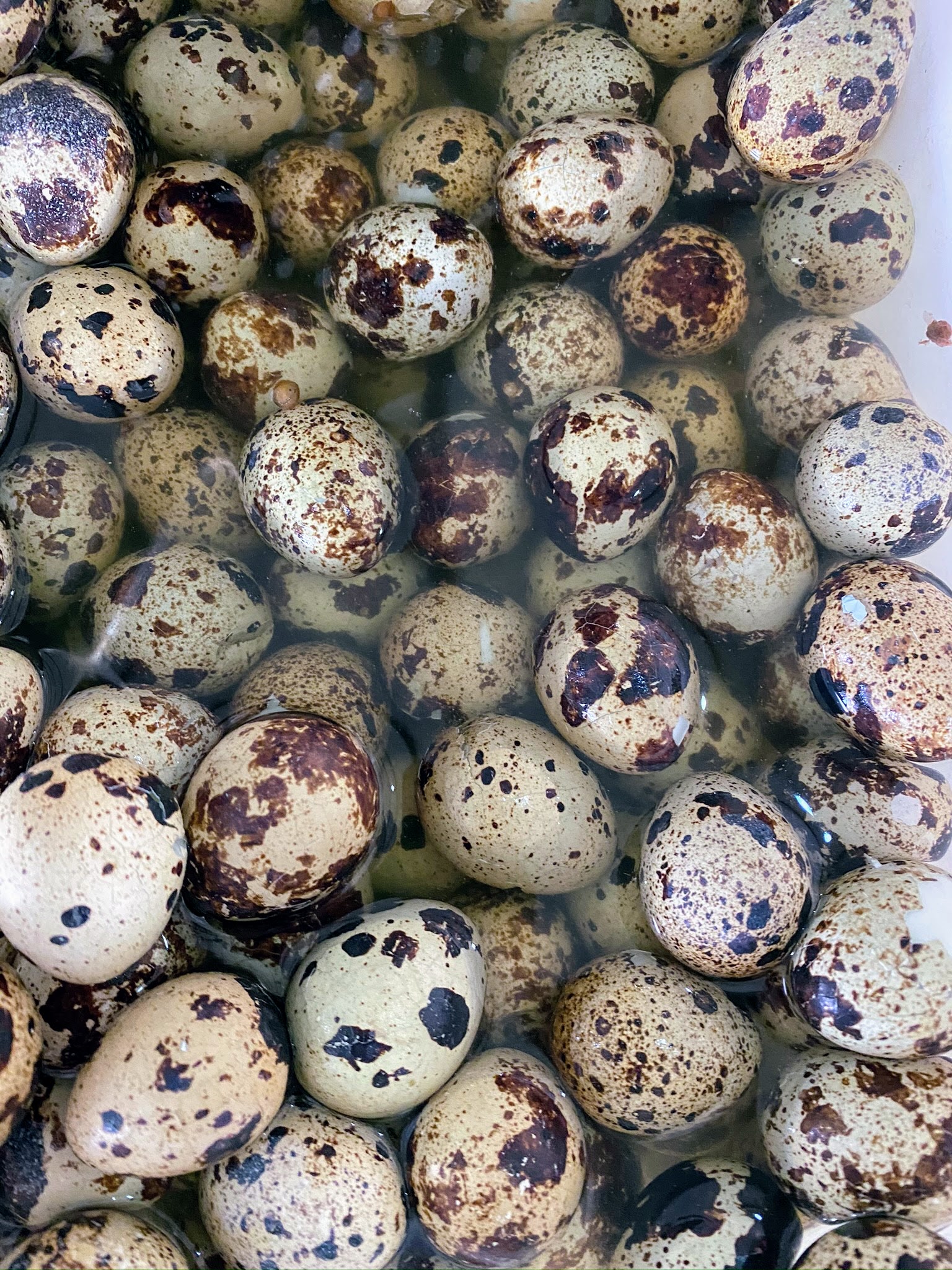
The females of this family also possess a unique vocal organ created by an enlarged trachea and inflatable bulb in the esophagus, which they use to produce a booming call. They superficially resemble the true quails of the genus Coturnix, but differ from them in lacking a hind toe and a crop. The buttonquails in the genus Turnix range from 12 to 23 cm (4.7–9.1 in) in length and weigh between 30 to 130 g (1.1–4.6 oz). The smallest species is the quail-plover, the only species in the genus Ortyxelos, which is 10 cm (3.9 in) in length and weighs only 20 g (0.71 oz). The buttonquails are a group of small terrestrial birds.

They seem to be an ancient group among these, as indicated by the buttonquail-like Early Oligocene fossil Turnipax and the collected molecular data. Morphological, DNA-DNA hybridization and sequence data indicate that turnicids correctly belong to the shorebirds ( Charadriiformes). The Sibley-Ahlquist taxonomy elevated them to ordinal status as the Turniciformes and basal to other Neoaves either because their accelerated rate of molecular evolution exceeded the limits of sensitivity of DNA-DNA hybridization or because the authors did not perform the appropriate pairwise comparisons or both. The buttonquails were traditionally placed in Gruiformes or Galliformes (the crane and pheasant orders). The buttonquail family, Turnicidae, was introduced in 1840 by the English zoologist George Robert Gray. The type species was subsequently designated as the common buttonquail. The genus name is an abbreviation of the genus Coturnix.

The genus Turnix was introduced in 1791 by French naturalist in Pierre Bonnaterre. While the quail-plover is thought to be monogamous, Turnix buttonquails are sequentially polyandrous both sexes cooperate in building a nest in the earth, but normally only the male incubates the eggs and tends the young, while the female may go on to mate with other males. The female is the more richly colored of the sexes. There are 18 species in two genera, with most species placed in the genus Turnix and a single species in the genus Ortyxelos.īuttonquails are small, drab, running birds, which avoid flying.

They inhabit warm grasslands in Asia, Africa, Europe, and Australia. For the species of true quail often known as button quail in aviculture, see king quail.īlack-breasted buttonquail ( Turnix melanogaster)īuttonquail or hemipodes are members of a small family of birds, Turnicidae, which resemble, but are unrelated to, the quails of Phasianidae.


 0 kommentar(er)
0 kommentar(er)
